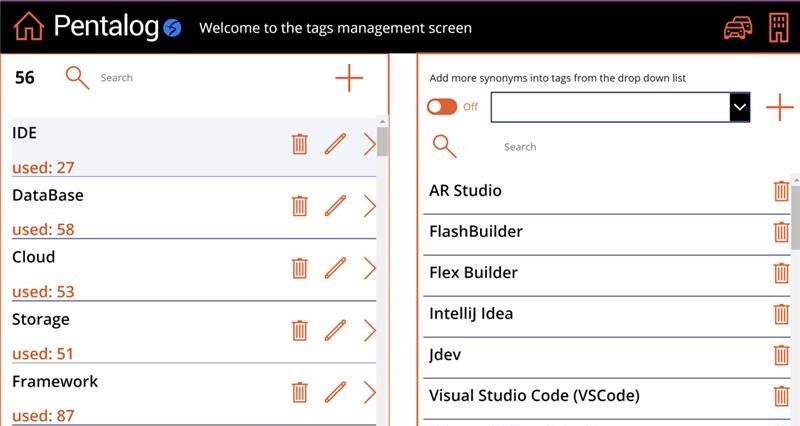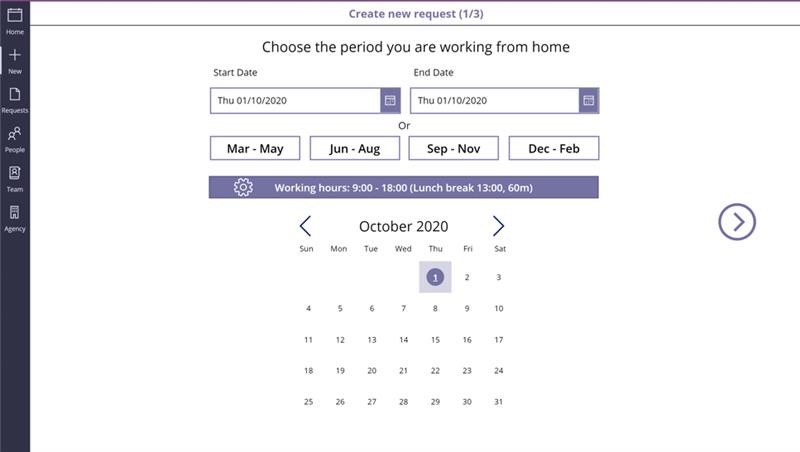Let’s admit that 2020 has been a very particular year, one that forced us to be more agile than ever. Turns out to have been a great time to discover low code app development.
We’d followed low code for some time, but as events unfolded this spring, we decided to dive in in order to solve real problems quickly. We came away impressed and remain highly enthusiastic about low code’s potential.
Is low code up to the hype? We think so.
Like anyone first looking into low code, we first needed to validate which technology fit our needs best. After benchmarking the available solutions, we chose Microsoft Power Platform and Salesforce Lightning. These choices were natural as we were already a client of Microsoft and Salesforce, so no big surprise there.
Building our own low code PoC
As it happened, we saw the new possibilities with this approach very quickly.
Our first POC with PowerApps was completed in just a couple of days. This app was almost shockingly useful, fully addressing one specific need. For us this success confirmed the potential: if you have a new topic to address, no problem, with low code you can create an app for that in practically no time at all.

An example of low code app developed in PowerApps
Suddenly, projects that we usually put on the bottom of our backlog became possible! The more we thought about it, the more topics we found which could be addressed by this approach.
One good example is the way we manage the work from home, after deciding to transition the entire agency to WFH mode in early March. With people working in more than 10 different countries, this change had several challenging HR impacts.
We took the low code challenge and in a matter of days assembled an application that allowed us to visualize when team members were working from home and when they were working from Pentalog offices, allowing us to quickly validate these arrangements.

Calendar module in the WFH low code app
Critically, the app allowed us to automatically generate a customized PDF file corresponding to the legal requirements for each country where Pentalog was required to report time spent working from home.
The ease of collaboration impressed us
In addition to quickly delivering a functional product, we came away impressed by the ease of collaboration between internal stakeholders (on our side, the business and legal departments) and the software development team.
With PowerApps and more globally with a low code app development approach, we found ourselves having less IT discussion (ironic perhaps for a software company) and more focus on the business needs.
We were able to iterate more quickly than ever, and keep our eyes focused on what we needed to deliver for users.
After we had developed a few apps, we saw a lot of unexpected benefits with low code: better security, simpler DevOps, easier deployment, automatic integration in Microsoft apps (Teams for example).
The risks of change in low code app development still need to be managed
Right off the bat, low code impressed us for its ease of integration. That said, we also saw some limits if you don’t anticipate risks.
For example, as in the case of a microservice approach, we needed to make sure each app is independent while at the same time coherent in the global vision and consistent with our global objectives.
This introduced for us a need for some maturity in governance. So, while creating an app has never been easier than it is today, stewardship of data and clarity of the solution architecture are essential.
The bottom line is that we’re converts. Since the start of the pandemic, we’ve created more than 20 apps for Pentalog’s internal use and we continue to create new ones every month.
If you’re considering to include low code in your IT strategy, we’re here to help.
Learn more about how we can use low code to support your business.
Further reading:
Why Smart IT Investment Leads the Way to Post-Recession Growth
CTO Challenges 2020: 5 Suggestions for CTOs to Overcome Unpredictable Times


 (2 votes, average: 4.00 out of 5)
(2 votes, average: 4.00 out of 5)






